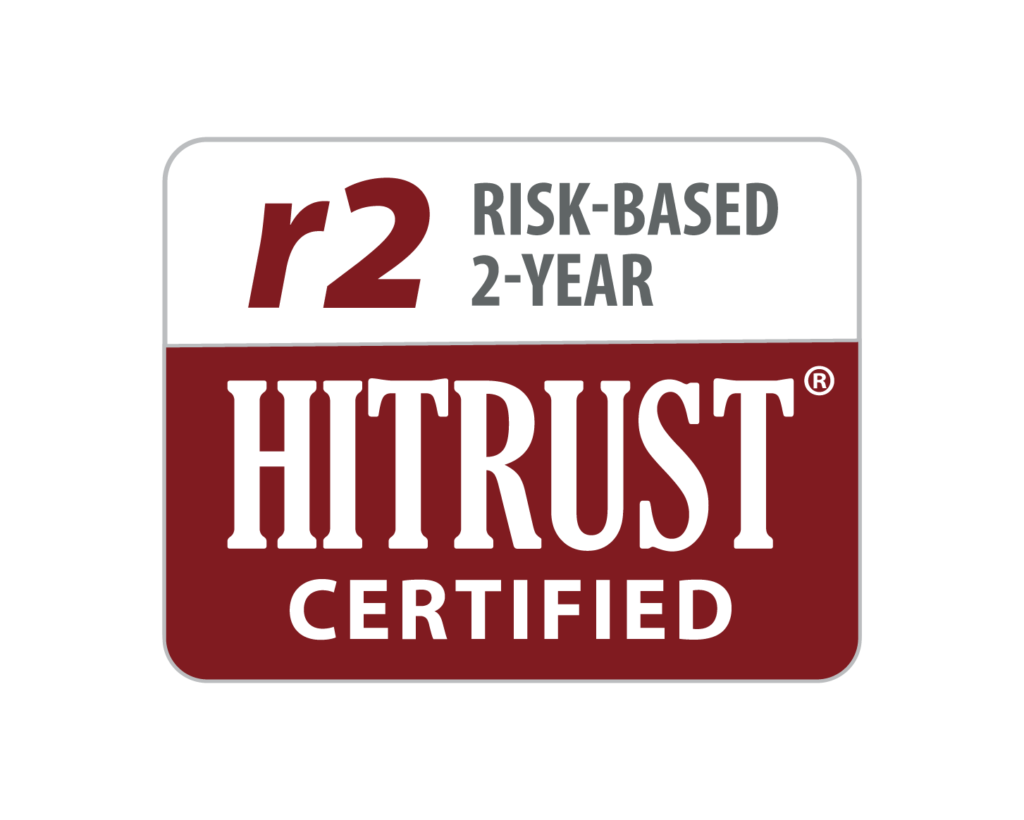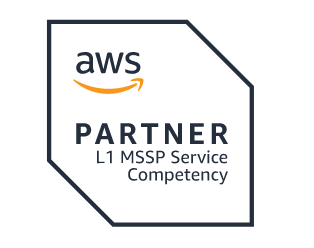Five Tech Trends From HIMSS 2019 That Are Transforming Health Care
Originally published April 17, 2019 by Matt Ferrari, Co-Founder & Former CTO, ClearDATA at Forbes.com
Last February, I had the privilege to spend five days exchanging ideas with some of the most creative minds in health care. The HIMSS (Healthcare Information and Management Systems Society) conference, an annual conference our company helped sponsor, is an invaluable event for health care thought leaders, and this year’s conference in Orlando was no exception. It featured some of the best and the brightest in health care, from visionary hospital leaders to up-and-coming health care app developers, all of whom seek to harness the power of technology to improve patient outcomes.
This year’s conference comes in the wake of a number of major innovations in health care, including the recent introduction of Comprehend Medical, Amazon Web Services’ (AWS) natural language processing service. This and other groundbreaking developments suggest a period of rapid change in health care, with five key innovations reshaping the industry landscape:
1. Health care leaders are embracing the cloud and all it has to offer.
My first few years of HIMSS, providers were hesitant to fully step into the world of the public cloud. It took a lot of work to show that public cloud platforms had enough security and compliance heft for health care organizations to store, process and transmit protected health information (PHI).
Now, at my sixth HIMSS, health care organizations have fully embraced the public cloud, be it AWS, Google Cloud Platform (GCP) or Microsoft Azure. Many recognize that these public cloud providers are developing and launching security and compliance tooling at a pace they could not approach. Organizations are taking advantage of new cloud features such as Kubernetes to develop and scale applications while minimizing risk.
Whether you’re tasked with managing your health care organization on multiple cloud platforms or just starting your public cloud journey, there are various resources and technical specialists available directly via the public cloud vendor of your choosing that can educate you on proof of concept opportunities and work with you to establish reference architectures for any of your applications that use PHI. And as you assess gaps in your own capabilities, you may want to consider a cloud partner.
2. Providers are getting serious about interoperability.
Health care CIOs are supporting initiatives that increase efficiencies gained through interoperability. The goal is to make content easy to find and not require personnel to navigate between two or three systems, which can increase human error.
Machine learning technology has significantly enhanced the ability of organizations to observe and exchange sensitive data, allowing for greater privacy and critical protection against breaches and identity fraud.
Whether using native public cloud tooling in the machine learning space or adopting third-party integrations from health care interoperability organizations, vendors that once focused on interoperability standalone software have re-imagined their applications running public cloud-native. Health care organizations are no longer held hostage to built-in licensing, with the option to adopt diverse sets of tooling to focus on the outcome and not the tooling.
3. Narrowing the blast radius on data breaches.
Health care organizations not only face a growing threat of security incidents, but they have also struggled to identify the impact of a breach. And when you don’t know exactly which records were compromised, you are forced to assume all were. The negative impact on reputation and Office of Civil Rights (OCR) fines is at its greatest possible damage point, not its least.
The good news is that we’re starting to see solutions with cloud-native security applications. That means that health care organizations can now do things like detect malware, intrusion and other early signs of an incident on their own. Because of this, combined with technologies that map every system that PHI touches, the potential increases for health care organizations to identify exactly how many, when and where patient records were compromised.
4. Hospitals are upping their security game.
There has been major advancement and adoption in how hospitals secure the virtual desktop space. We’re seeing hospitals implement cloud-based VDI (virtual desktop infrastructure) solutions, which has a key benefit for providers, allowing them to push applications to nurse and doctor station devices in mass, while also providing the capability to wipe a profile or device every time a nurse or doctor leaves the organization. Similarly, rolling patches can be pushed into the desktop or mobile device quickly without even a reboot, driving additional security.
In the past, these types of cloud-based virtual desktop infrastructure solutions were often brushed off as an immature product set, slowing down doctors or nurses as they waited to access shared resources. The software has come a long way since then, and the advantages of keeping systems secure have driven efficiency for providers. We’re starting to see the public clouds put the VDI technology behind their business associate agreement (BAA), which can help grow adoption.
5. Bringing blockchain to clinical trials.
German pharma giant Boehringer Ingelheim is partnering with IBM to bring blockchain into clinical trials through provenance. They are exploring how to demonstrate data integrity through a decentralized framework. If they pull it off, they will not only be able to enhance patient safety but also improve the outcomes of clinical trials.
Additionally, multiple other blockchain organizations and technologies, including new native public cloud services, are beginning to gather momentum. It’s time to get past asking if blockchain is real and start examining possible use cases for your health care organization. For example, Google is working on its own blockchain-related technology to support its cloud business with new crypto and blockchain analytics tools.
Why This Really Matters
The most poignant part of the conference was an account given by Cris Ross, CIO of the Mayo Clinic on his stage 3 cancer diagnosis. Even somebody like Cris, who is keenly aware of how technology can transform health care, gained a whole new perspective on the importance of aggregating the data from his whole life onto one record that every health care provider he met could access.
While it’s frustrating to observe the inefficiencies that persist in health care, I left HIMSS incredibly optimistic about where the sector is going. There is tremendous opportunity to make improvements that will benefit the health care sector and, as a result, all of humanity.


